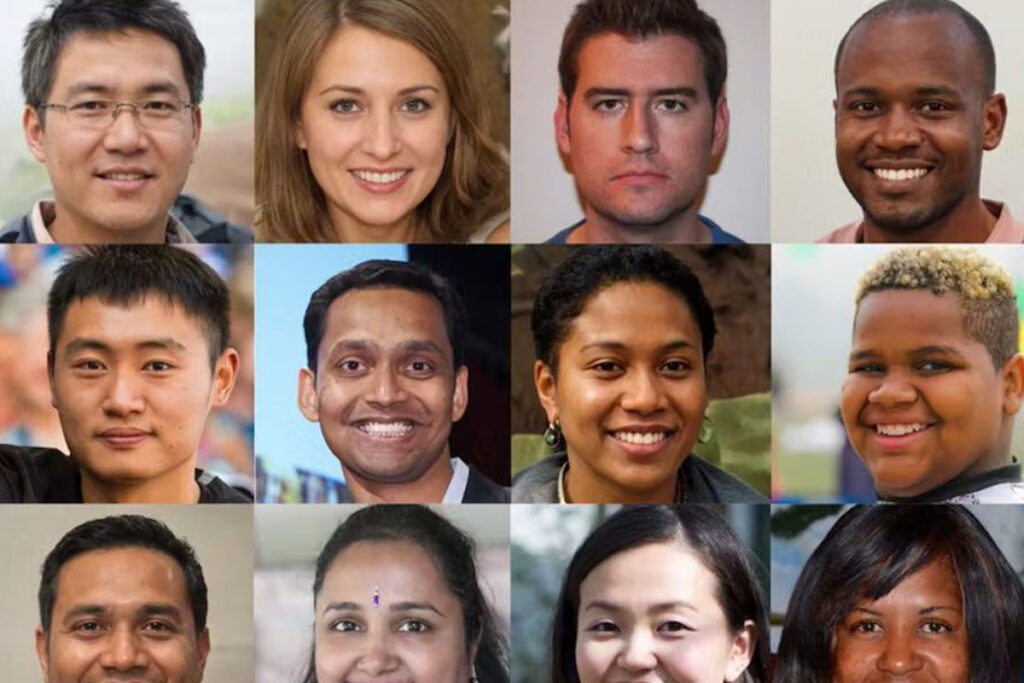Until just a few years ago, researchers and animators were only able to draw humanoid faces that didn’t look real. Movies like Polar Train released in 2004 confused the audience because the faces of the characters were almost human-like and caused the audience to fall into an imaginary valley. This situation occurs when artificial or even robotic faces exist very similar to humans They show artificial symptoms.
Recent advances in artificial intelligence (AI) technology could mean crossing the uncanny valley. Artificial faces are now very similar to real faces. If you have ever been to the website ThisPersonDoesNotExist.com You’re gone, by visiting it repeatedly you can create an unlimited number of faces, none of which belong to real people. Rather, these composite faces are created with an artificial intelligence paradigm called “generative adversarial network” or GAN. This network is a combination of two neural networks and its computer models are designed based on how neurons are connected in the brain.
Neural networks compete with each other. One of them creates possible new images (faces in this example) and the other one tries to distinguish real from fake images. Through a feedback loop, the generator is trained to produce convincing images that eventually the discriminator loses its ability to detect fake images.
Using a collection of real images alongside generator-generated images, the system creates completely new and realistic examples of faces. The final generator also produces images that you can see on the website. According to the findings, people can hardly distinguish real faces from fake faces. According to one study, participants got it right only 48.2% of the time, which is even worse than a random guess with 50% accuracy. They also rated artificial faces as more trustworthy than real faces.
According to another research, synthetic faces were ranked higher than real faces in terms of realism. The reason for this can be that fake faces are often more normal than real faces, so these faces perform better in deceiving the audience.
Subconscious awareness in the brain
In another experiment, Australian researchers investigated the human ability to distinguish between real and artificial faces. In the first experiment, online participants were unable to distinguish between real and fake images, and again rated fake faces as more real than real faces.
However, the second experiment was a different story. A new group of participants, this time in the lab, put electroencephalography (EEG) caps on their heads. Electrodes embedded in these hats measured electrical activity in the participants’ brains.



